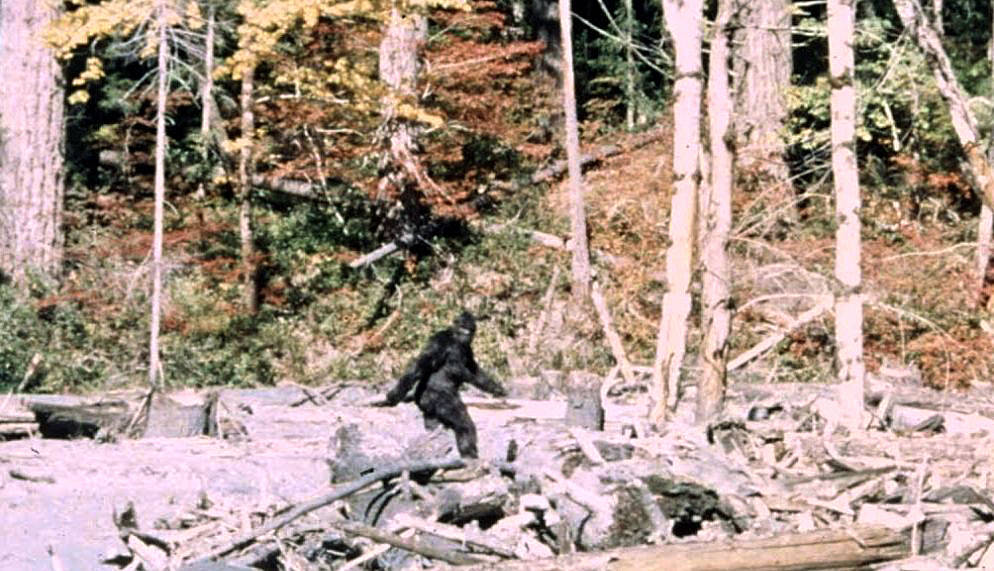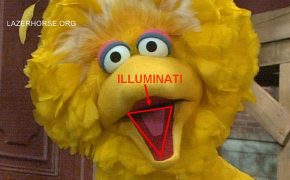Bigfoot: Could gut bacteria prove its existence?
Analysing the bacterial content of suspected Bigfoot faeces might finally prove the existence of these elusive apes.

Not everyone believes in Bigfoot. Where I’m based in the UK, this mysterious North American primate is more often considered a punchline than a flesh-and-blood animal.
However, in the United States’ Pacific Northwest or many of the other heavily wooded regions of North America, people aren’t so dismissive.
Reports of sightings abound, ranging from fleeting road sightings to longer observations. Bigfoot has been part of the culture of these lands for centuries or more.
In this article, I’m not going to argue either way on the Sasquatch debate — personally, I’m on the fence. I want to believe (I really, really do). But from my Sussex sofa in the sparsely wooded south of England, I am unlikely to get a glimpse myself.
But that doesn’t mean I can’t dream.
Beyond footprint casts and the occasional suspect hair, physical evidence is severely lacking. Occasionally, though, potential Bigfoot poo turns up, and this is where I’d like to focus today.
Over recent years, I’ve written extensively about stool tests and the gut microbiome. During my research for these articles, it struck me that certain aspects of this science might be a valuable addition to the Bigfoot researchers’ toolkit.
An intro to the microbiome
Bacteria (and other microbes) live on your skin and at many sites throughout your body, including your lungs, skin, and eyes.
In fact, the number of microbes that call you home is roughly equivalent to the number of cells in your body — you are as much microbe as you are human.
The greatest population density of these critters is in your lower intestine. Scientists have long understood that our onboard microbes are important for digestion. More recently, it’s become clear that their role in physiology and health goes way beyond this limited function.
We now know there are links between dysbiosis — an unbalanced microbiome — and a range of health conditions. Their influence is widespread, and they may even play a role in mental health.
We all have a distinct collection of microbes. Even identical twins, who are genetic clones, only share around 30% of their gut microbiome.
We pick up microbes from our mother during birth, the people we live with, and even from our pets. What we eat, where we live, and how we spend our time also helps shape our microbiome.
Cross-kingdom microbes
Humans aren’t alone when it comes to harbouring microbial visitors. Whatever species you are, bacteria are guaranteed to live on you somewhere. So far, virtually all animals that scientists have studied also host bacteria in their gut.
Although some crustaceans and caterpillars appear not to have a gut microbiome, all higher animals do, including primates.
Now, as I mentioned, we all have a unique gut microbiome — mine will be significantly and measurably different from yours — we have different species, and the species we share will be present in differing amounts.
But here’s where the interesting bit comes in: When you analyse a gut microbiome, you can tell whether it’s human. In the same way that you can identify that a genome is human — our genomes are different from every other human on earth (unless you’re an identical twin), but you can still tell it’s a human genome.
The same is true for the gut microbiome. While every human’s microbiome is unique, it’s still identifiable as human by looking at the species and their relative quantities.
You might be wondering where Bigfoot fits into this, and the answer is phylosymbiosis.
What is phylosymbiosis?
Phylosymbiosis is defined as “microbial community relationships that recapitulate the phylogeny of their host.”
In other words, while each member of a species has a distinct gut microbiome, it overlaps with others in its species. This means that if you analysed a stool sample from a human, you could tell it was human. If you looked at a stool sample from a dog, you could tell it was a dog, and so on.
Importantly, the closer two species are on the evolutionary tree, the more similar their microbiome will be.
So, the gut microbiome of a chimpanzee will be more similar to yours than the microbiome of a gorilla. And the microbiome of a lemur will be less similar to yours than a gorilla’s but not as dissimilar as the microbiome of a fish.
In a nutshell, as a new species evolves away from an existing one, its gut microbiome slowly changes, too.
For instance, a study showed that humans, chimpanzees, bonobos, and gorillas have shared gut microbial features that have stuck around for an incredible 15 million years.
The hunt for Sasquatch
At the moment, for those who can afford it, DNA tests are the go-to option for testing suspected Bigfoot poo or hair.
While DNA is an excellent tool, when you’re looking for a new species, it’s less helpful. If there’s no DNA sequence of a Sasquatch to compare it with, you’ll likely just get an “unknown” result.
With a gut bacteria test, you still couldn’t confirm it was 100% Bigfoot. But you could confirm if it was from an ape. And because there aren’t supposed to be any ape species in American forests, you’d have to conclude it was from a Sasquatch.
While analysing a poo sample is still expensive — probably more than a DNA test — with the increased interest in microbiome research, costs are likely to come down rapidly over the next few years.
It won’t be a quick fix for the Bigfoot conundrum, but having a new avenue of investigation could be useful. Perhaps one day, microbiology will help us solve this long-standing cryptozoological puzzle.

















